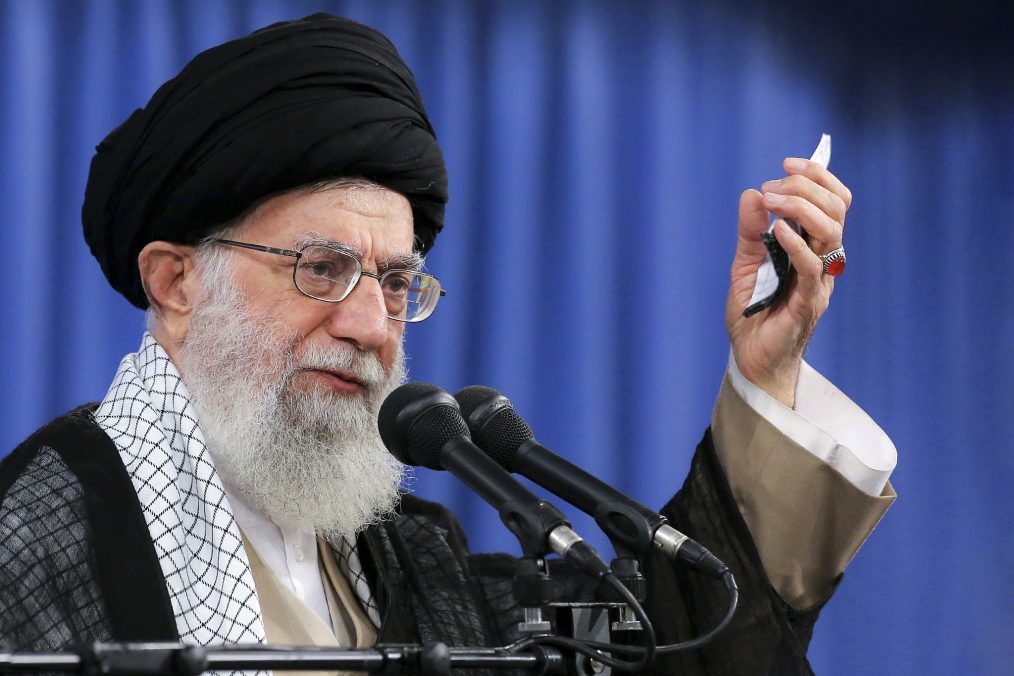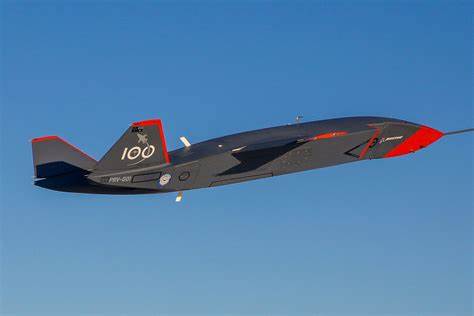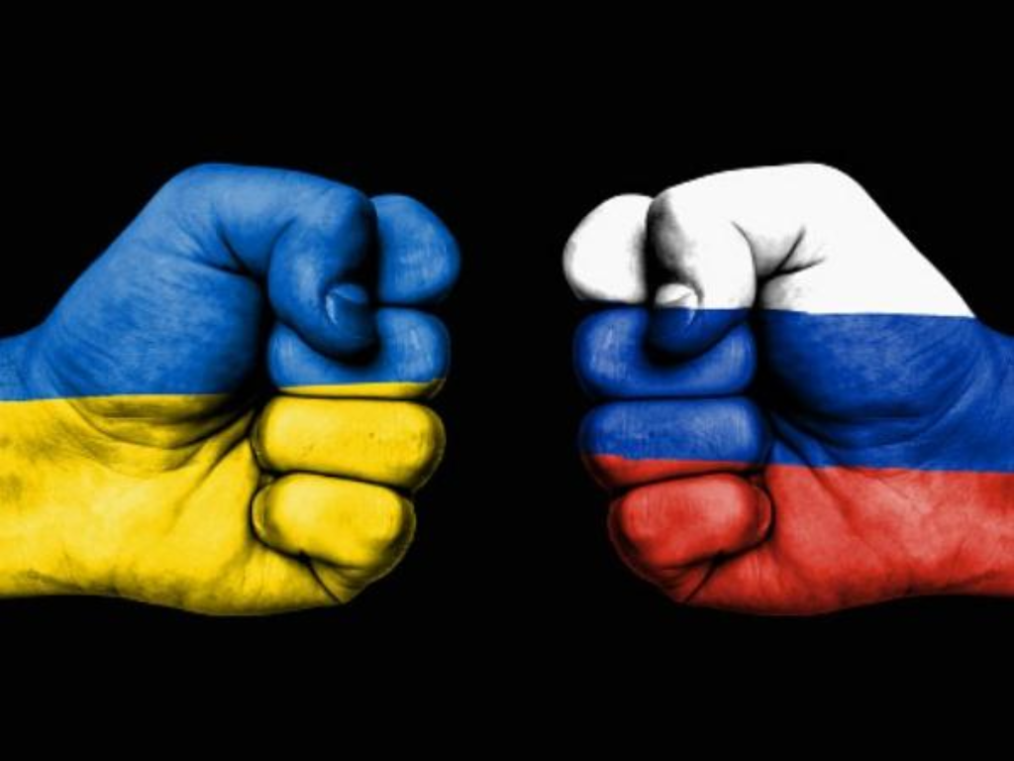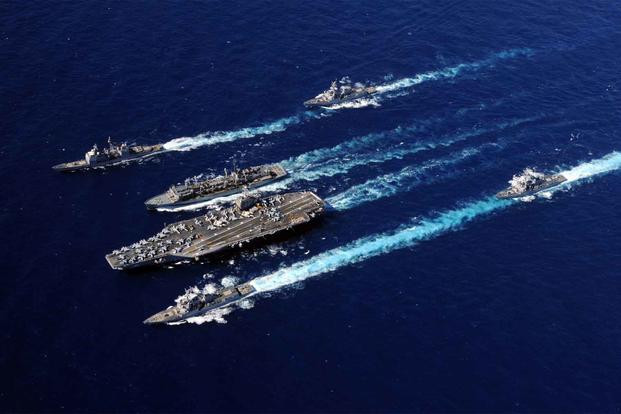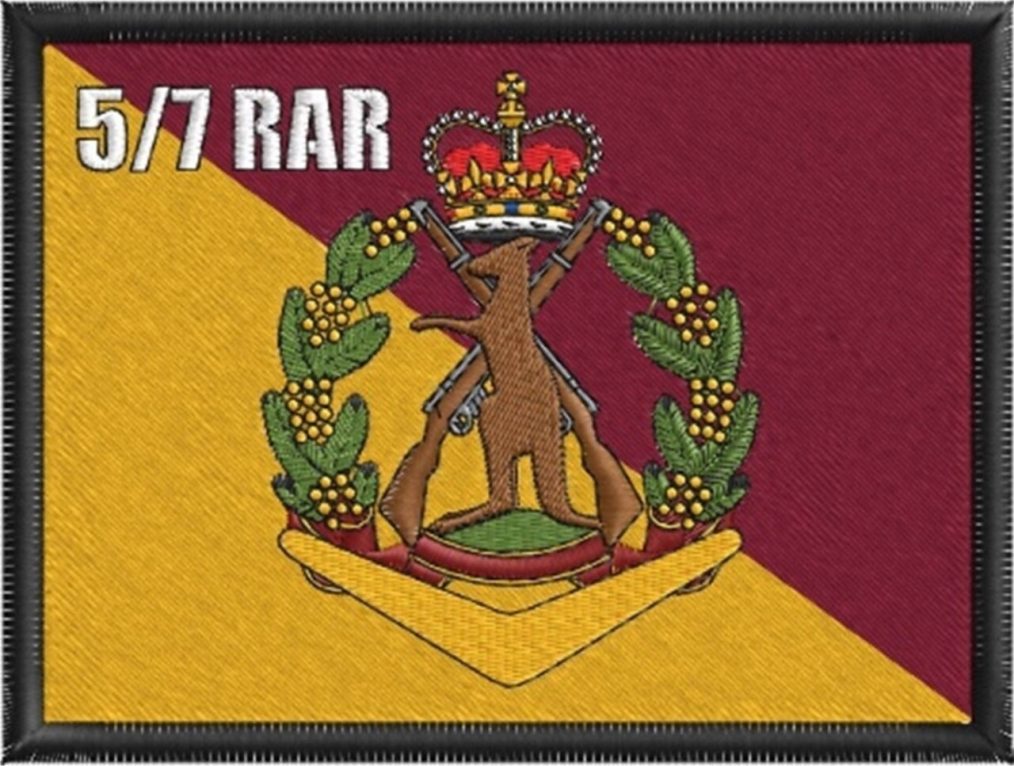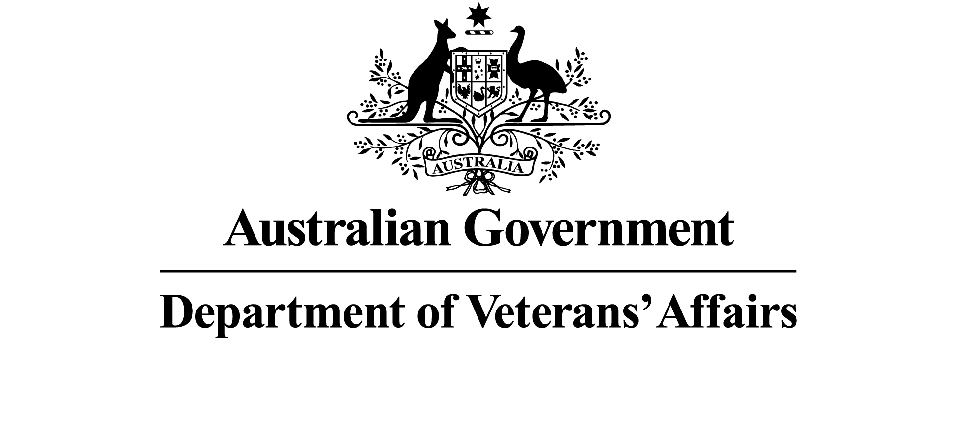The Krakow Post – December 8, 2024
Iran, a crucial supporter of Syrian President Bashar al-Assad, has initiated a large-scale evacuation of its military officials and personnel from Syria as the Assad regime faces mounting pressure from an intensifying rebel offensive. The developments have raised questions about the stability of Assad’s grip on power and whether Iran’s retreat signals a shift in its long-standing strategy in the region.
Evacuation Underway
The withdrawal began on December 6, 2024, with Iran pulling out key military commanders, including high-ranking members of the Quds Forces, the elite branch of the Islamic Revolutionary Guard Corps (IRGC) responsible for operations abroad.
In addition to military personnel, Iranian diplomatic staff, their families, and civilians have been evacuated. Destinations for these groups include neighbouring Iraq and Lebanon, reflecting a strategic retreat amid escalating uncertainty.
Rebel Gains and Regional Impact
Syrian rebel forces, spearheaded by Hayat Tahrir al-Sham, have made significant progress in recent weeks. Their rapid southward advance has brought them dangerously close to the city of Homs, a critical hub for Assad’s control of central Syria.
The growing instability has reverberated across the region:
- Lebanon has nearly sealed all land borders with Syria, attempting to prevent spillover from the conflict.
- Jordan has shut down a major border crossing after rebels seized the adjacent Syrian territory.
- Israel has heightened its military readiness, reinforcing both aerial and ground units in the contested Golan Heights to safeguard against any potential threats.
Conflicting Reports About Assad
Adding to the chaos are conflicting reports about Assad’s whereabouts. Some sources suggest he may have fled Syria, though these claims remain unconfirmed. Such rumours, if true, could further destabilize an already fragile regime and embolden opposition forces.
Iran’s Calculated Retreat
The withdrawal marks a striking moment in Iran’s involvement in Syria, which has been central to its regional influence since the conflict began. With its ally struggling against a relentless offensive, Tehran’s actions may indicate a recalibration of its priorities, potentially redirecting resources toward other geopolitical arenas.
A Tumultuous Year for Iran
This retreat caps off a challenging year for Iran, characterized by growing regional isolation, escalating tensions with global powers, and now a potential loss of its stronghold in Syria.
As events unfold, the future of Assad’s regime and Iran’s influence in the Middle East remain uncertain, with far-reaching implications for the region’s political and military landscape.

